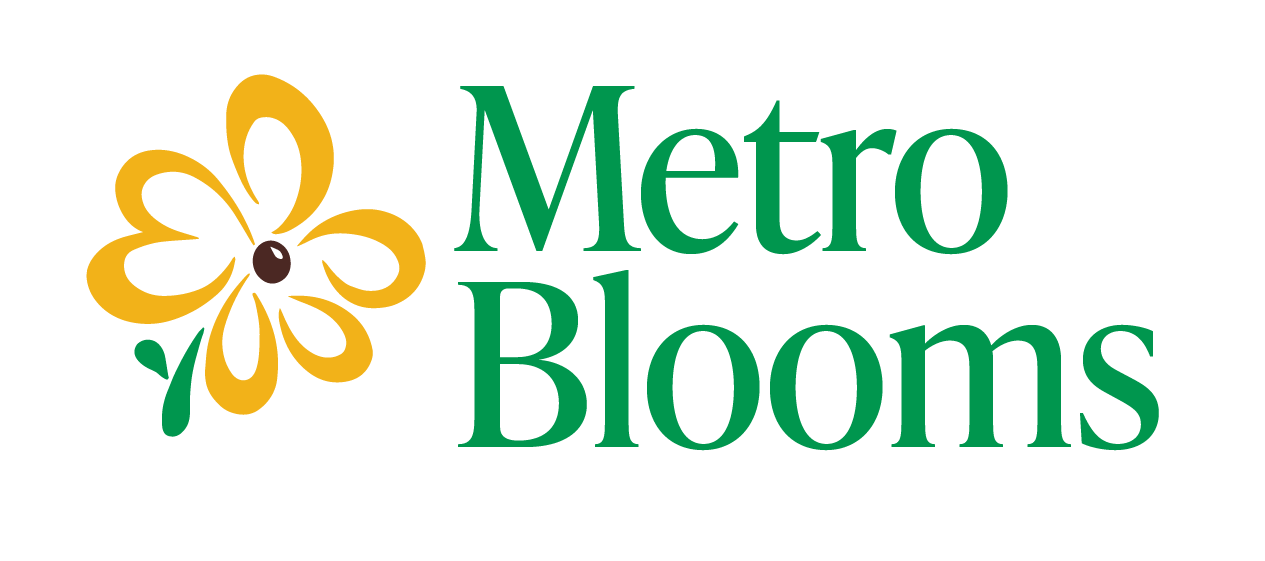An Alley Blooms
Finally, it was an alley’s time to shine. Blue Thumb recently hosted a tour of the first Blooming Alley in Minneapolis, a green project to redesign back alleys. The tour showed that narrow back lanes separating neighbors from one another can be reinvented as places that connect people and function to protect the environment. All it takes is a little know-how, a willingness to think “outside” of the conventional alley, and the synergy of neighbors working together toward a shared goal—key ingredients in a Metro Blooms initiative called Nokomis Neighbors for Clean Water.
Restoring Lake Nokomis is the ultimate goal. The lake is classified as impaired by the MN Pollution Control Agency, or too polluted to support a healthy ecosystem. Most of that pollution is urban runoff, dirty stormwater that flows through backyards and down paved surfaces such as alleys, eventually reaching the lake. The idea behind a Blooming Alley is simple: invite neighbors on the block to re-invent their alley as a shared common space that also diverts runoff and encourages natural habitat. Think raingardens and permeable pavement, which allow stormwater to filter slowly through soil before reaching the lake, rather than running directly into storm drains.
Sowing the Seeds
It started last April when three fabulous block leaders knocked on doors, shared on Facebook, and left native seed door hangers to entice residents on their two blocks near Nokomis to attend an alley get-together and explore the possibilities. Landscape designers from Metro Blooms asked residents to imagine their alley made over as a community space that also follows the green ideas mentioned above. The designers encouraged residents to think of ways to tie their individual backyards into an overall design. Discussions ranged from informative (how raingardens, permeable pavers and bioswales work) to practical (voting on four plants that would create a unified plant palette) to serious pie-in-the-sky brainstorming (what about a farmer’s market, or a community pizza oven?).
Twenty-six households asked for site consultations. Eventually, the scope of the first Blooming Alley was narrowed down to 10 of these households on one block, using a design created by Metro Blooms. Generous support from project partners—including the City of Minneapolis, Hennepin County, the Center for Prevention at Blue Cross and Blue Shield of Minnesota, and the Minnehaha Creek Watershed District—helped lower the cost for the residents. Individual households paid $75 to $600, depending on the project chosen for their property.
Reaping the Rewards
Several months later, most of the work is complete. The final design for the alley includes five raingardens, four permeable pavement strips, a trench drain, and six bioswales. Thank you, Cummins and the Conservation Corps of Minnesota, for volunteering to install the raingardens and bioswales and Earth Wizards, for your great work on the permeable pavement and trench drain.
More exciting is the way Blooming Alleys can change perceptions about alleys. At the tour, one resident stated “It’s all the buzz. We definitely notice more people in the alleyway; people are walking through here instead of on the street.” Redesigning these often-overlooked spaces invites new ideas about their use. Consider the pie-in-the-sky brainstorming session from the first meeting. One resident actually holds a mini-farmer’s market in the Blooming Alley every few weeks, selling produce from Amish farmers. And the pie may come—pizza pie, that is, as residents continue pondering ways to make their communal pizza oven a reality.
